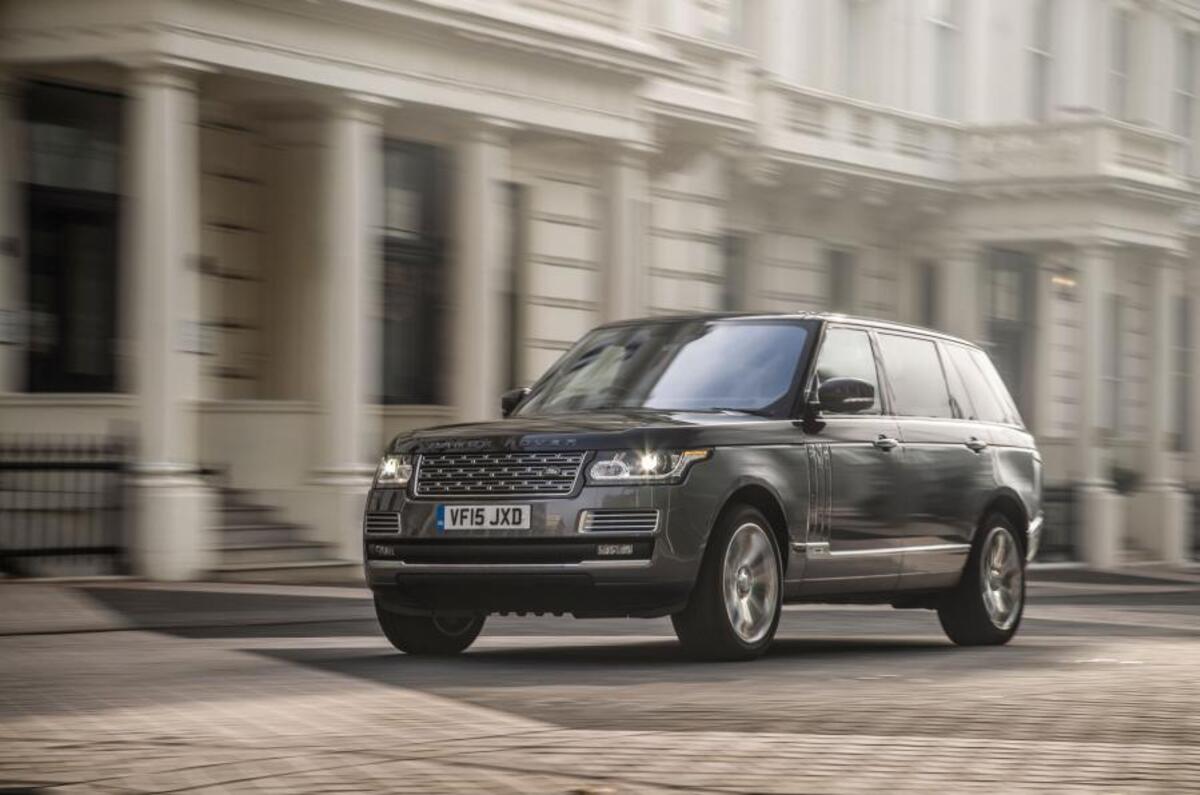The SVAutobiography is the new Range Rover flagship model, which the company says is ‘exclusively handcrafted at the Special Vehicle Operations technical centre’ near Coventry.
It’s available in both short (known as SVAutobiography Dynamic) and long-wheelbase versions. The former is only available with a supercharged 5.0-litre V8 under the bonnet, while the latter comes with a choice of three engines: an SDV6 Hybrid diesel, an SDV8 diesel and a supercharged V8 petrol engine.
The petrol V8, fitted in both standard and long wheelbase forms, has been retuned to match the Range Rover Sport SVR's outputs. Its power figure rises by 40bhp and the torque figure by 41lb ft over the standard supercharged V8 petrol used in lesser Ranger Rovers, to a substantial 543bhp and 502lb ft of torque.
The most obvious change compared with the standard Range Rover is the SVA’s dual rear seats and substantial centre console arrangement. The console stores a pair of fold-out aluminium tray tables and has a refrigerated locker that can take two tall glasses and a small bottle.
As you might expect, the specification list is long and comprehensive. The SVAutobiographys are equipped as standard with acoustic laminated windscreen and windows, adaptive bi-xenon headlights, parking sensors, quad-exhaust system, air suspension, adaptive cruise control, a 360-degree camera and numerous Land Rover autonomous safety technologies, while the LWB version gains a sliding panoramic roof.








































































